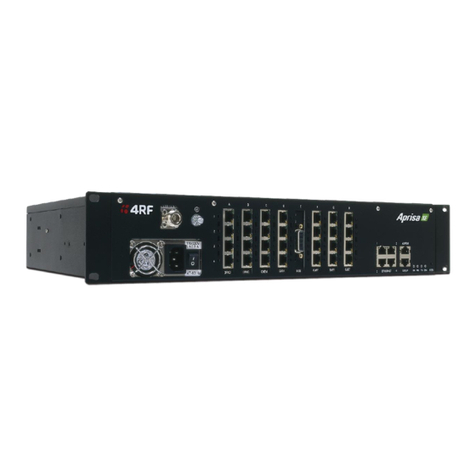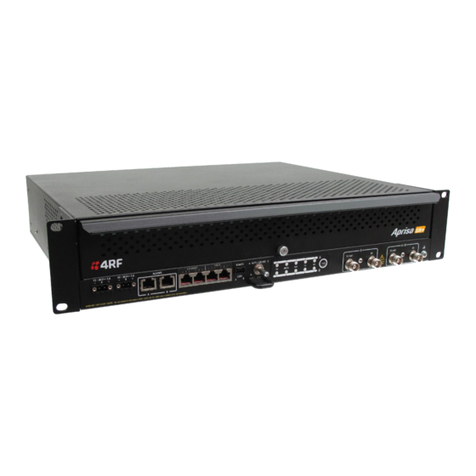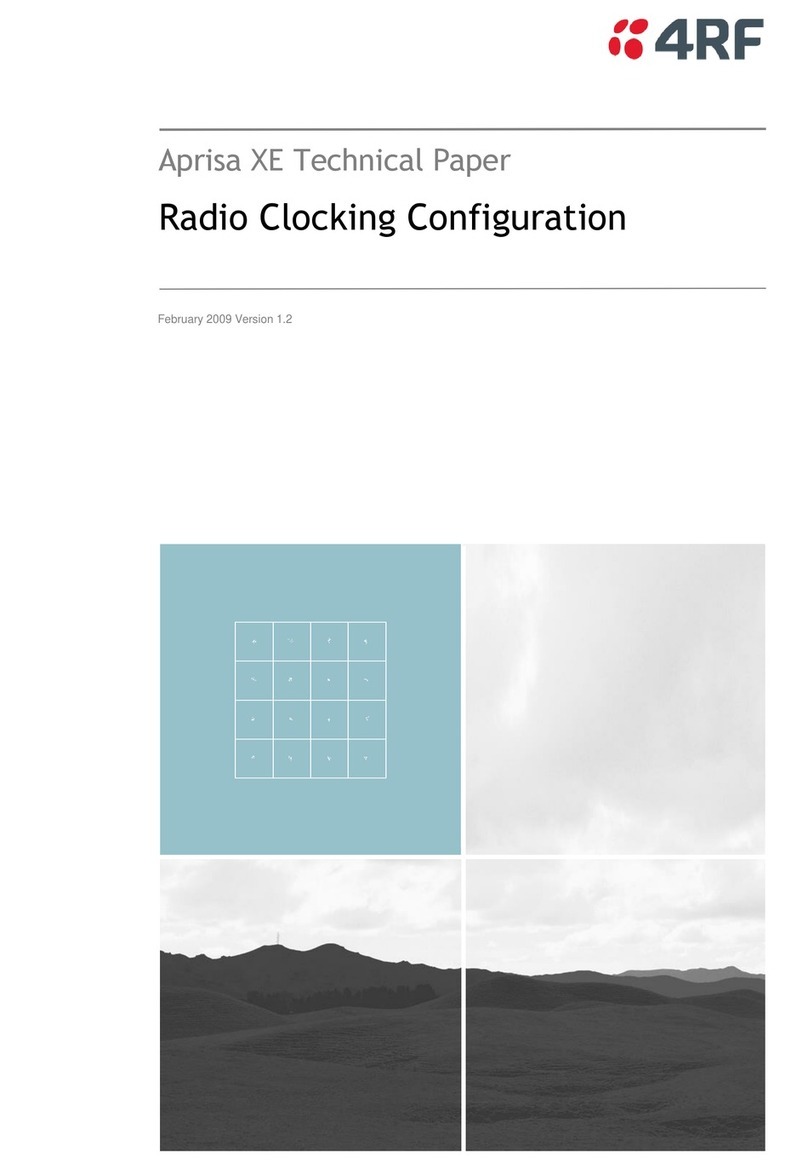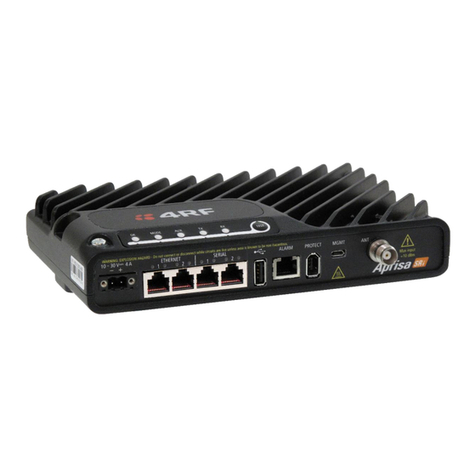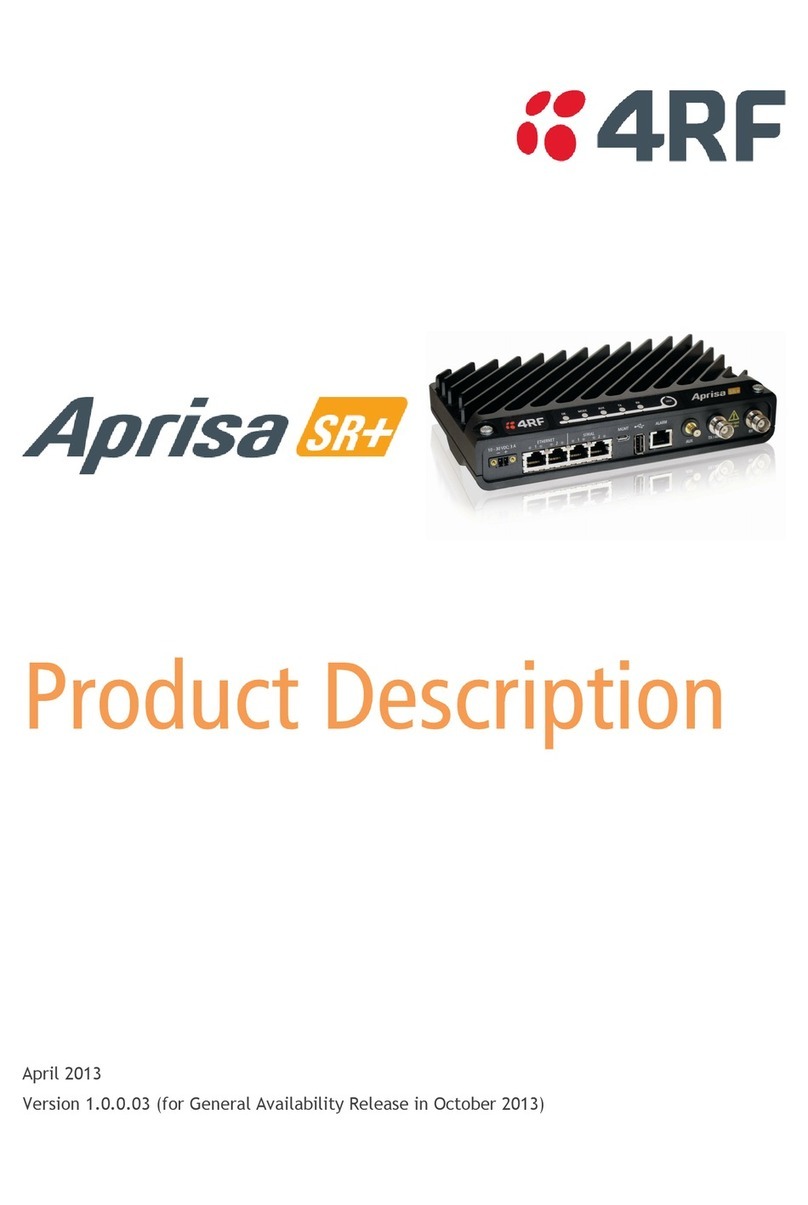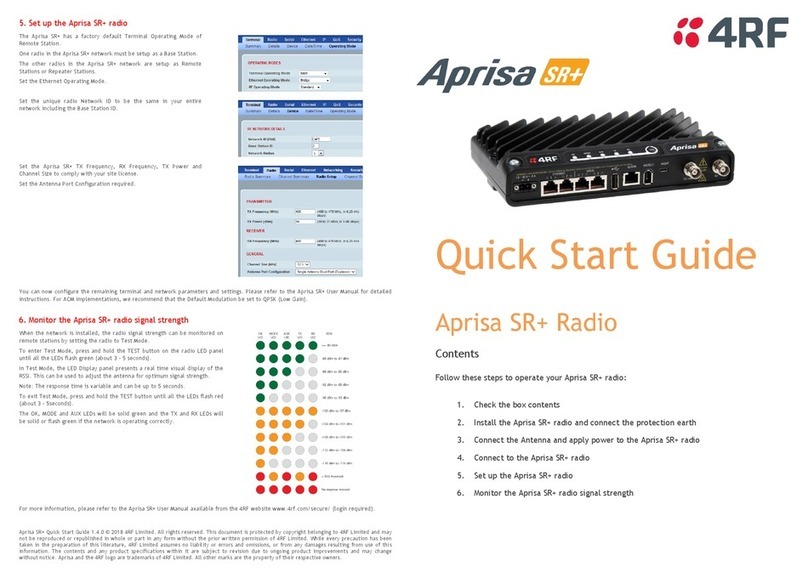
8. Managing the Radio..................................................................... 59
SuperVisor ........................................................................................59
Connecting to SuperVisor ...............................................................59
Management PC Connection .....................................................60
PC Settings for SuperVisor .......................................................61
Login to SuperVisor................................................................65
Logout of SuperVisor..............................................................66
SuperVisor Page Layout...........................................................67
SuperVisor Menu..........................................................................71
SuperVisor Menu Access ..........................................................72
SuperVisor Menu Items............................................................73
Standard Radio............................................................................74
Terminal ............................................................................74
Radio ................................................................................84
Serial ................................................................................94
Ethernet .......................................................................... 100
Security ........................................................................... 108
Maintenance...................................................................... 122
Events ............................................................................. 135
Software .......................................................................... 142
Network Status .................................................................. 158
Protected Station....................................................................... 165
Terminal .......................................................................... 166
Maintenance...................................................................... 179
Events ............................................................................. 183
Software .......................................................................... 186
Command Line Interface ..................................................................... 202
Connecting to the Management Port ................................................ 202
CLI Commands .......................................................................... 205
Viewing the CLI Terminal Summary........................................... 206
Changing the Radio IP Address with the CLI................................. 206
In-Service Commissioning .................................................................... 207
Before You Start............................................................................... 207
What You Will Need.................................................................... 207
Antenna Alignment............................................................................ 208
Aligning the Antennas ................................................................. 208
9. Maintenance ............................................................................209
No User-Serviceable Components ........................................................... 209
Radio Software Upgrade...................................................................... 210
Network Software Upgrade ........................................................... 210
Upgrade Process ................................................................. 210
Single Radio Software Upgrade....................................................... 211
File Transfer Method............................................................ 211
USB Boot Upgrade Method ..................................................... 212
Software Downgrade............................................................ 213
